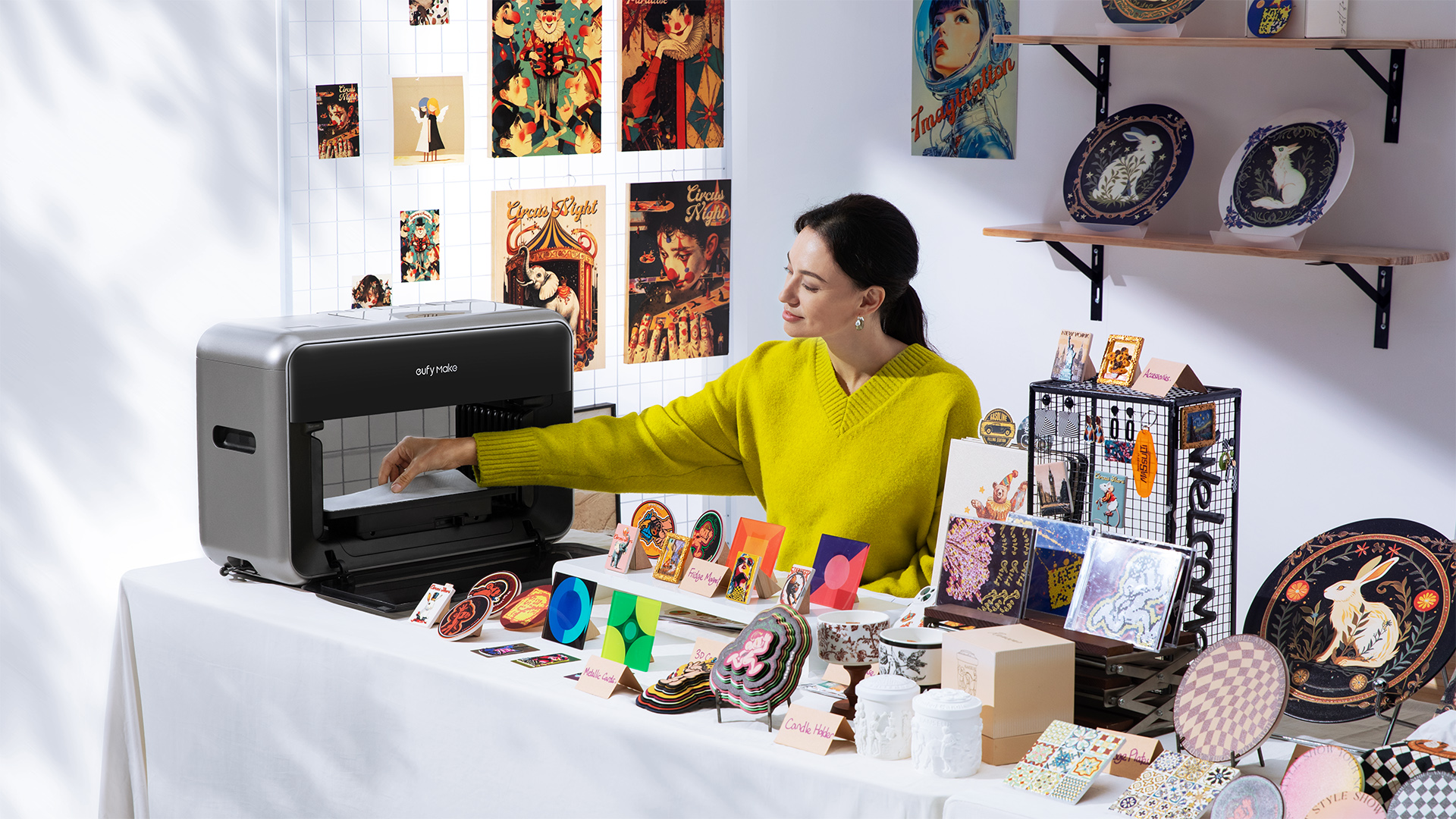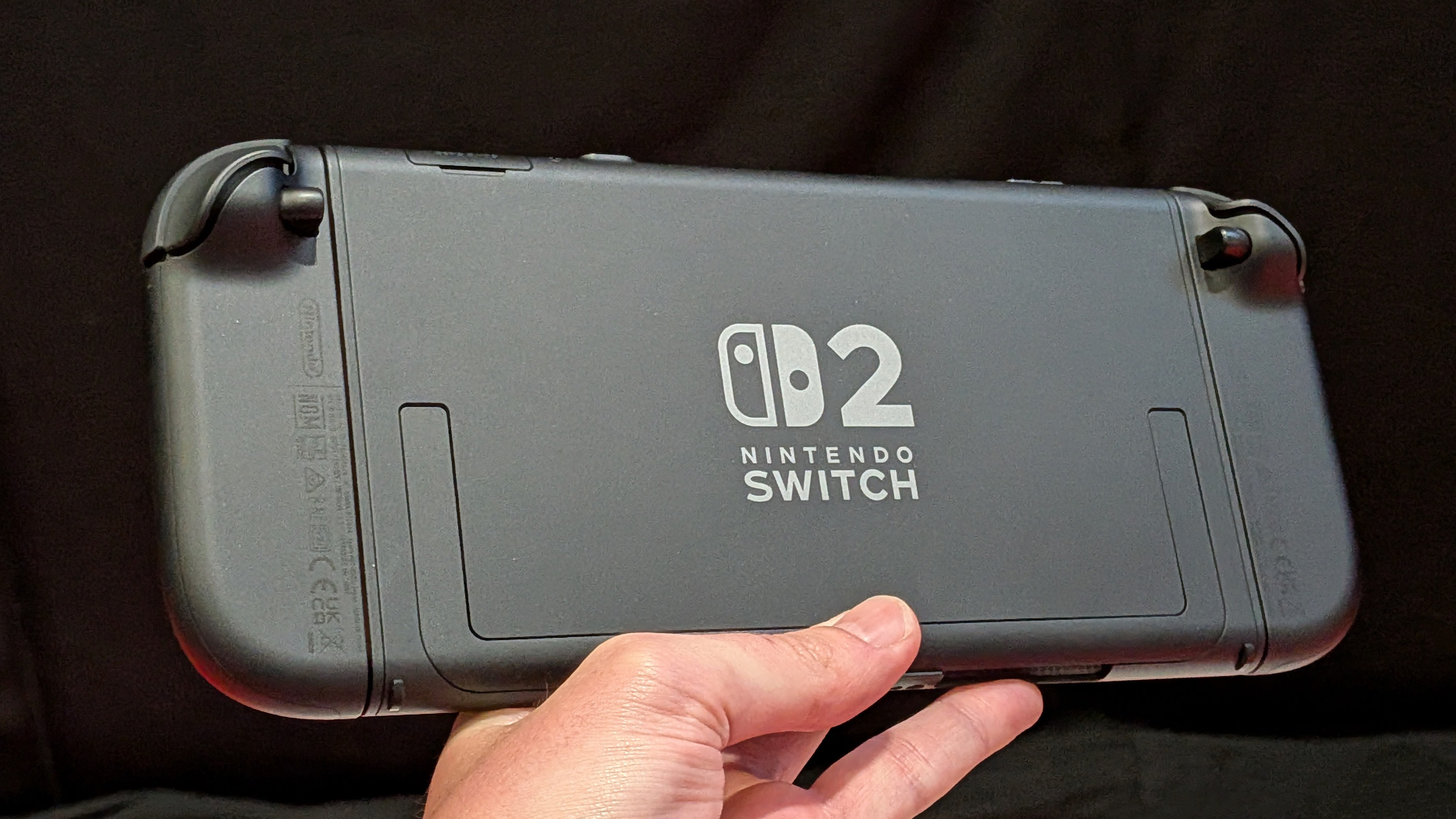Should I buy a TCL TV? I've seen the 2025 range – here's which TV is best
Thinking of buying a TCL TV? Here's the 2025 range and how they each differ
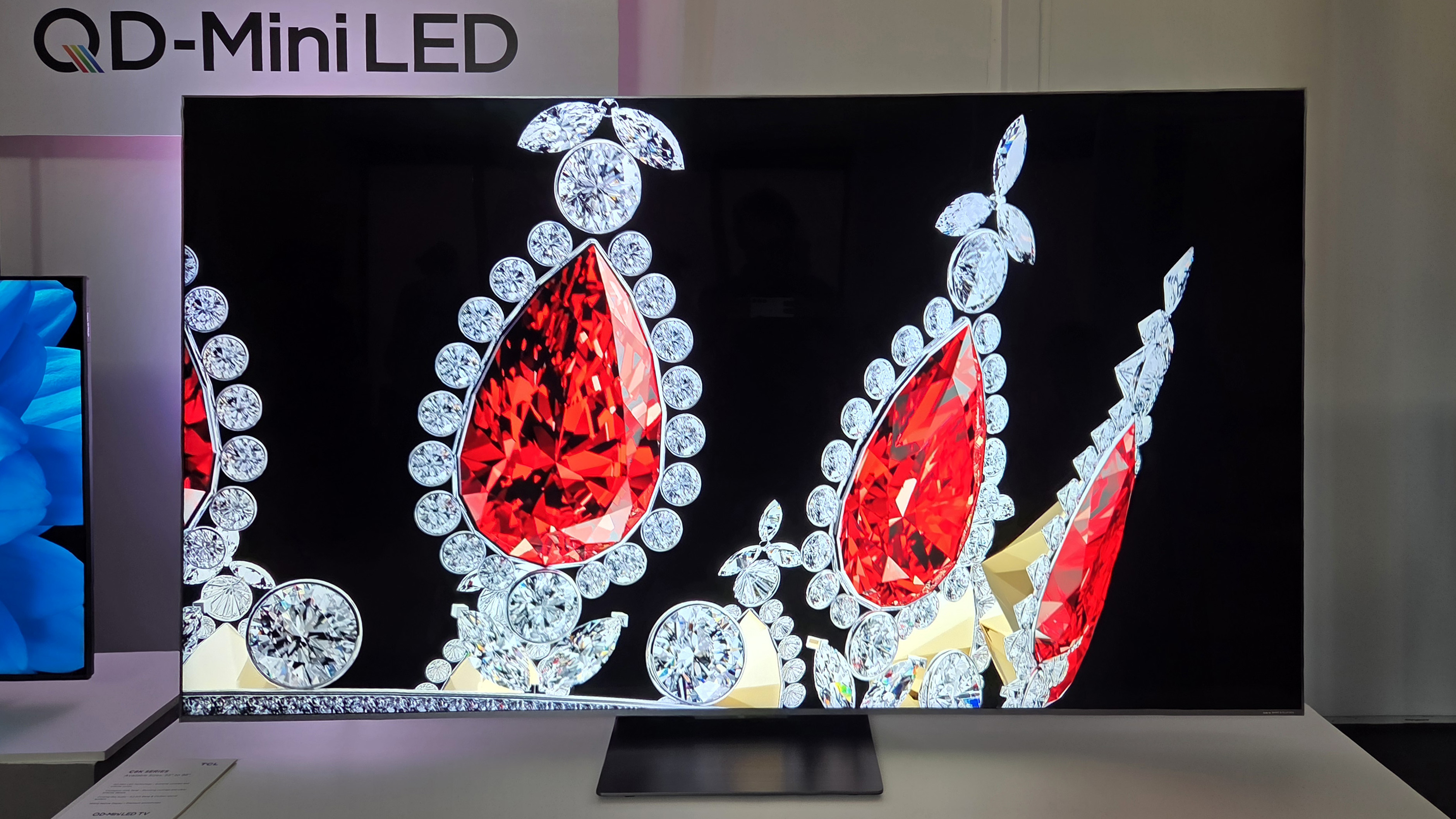
Should you buy a TCL TV? There are many options across the brand's range, but I've seen the latest 2025 models at a dedicated launch event – and in this article will contextualise which is the best TV option for you.
Note, these are TVs for the European market – with names that differ from their US equivalents – and I've built this expert advice article with a focus on the UK market specifically. However, I will mention of some additional TCL models available elsewhere, should you see these online for any given reason.
A big reason to consider a TCL TV beyond its main Samsung, LG, Sony, Philips, Panasonic, Hisense and other key competition is that, typically, you'll get a lot more for your money. Granted, TCL doesn't make the best OLED TVs, as the brand is focused on LCD – be that QLED, Mini-LED or QD-Mini-LED, as I'll get to below.
What TVs does TCL make?
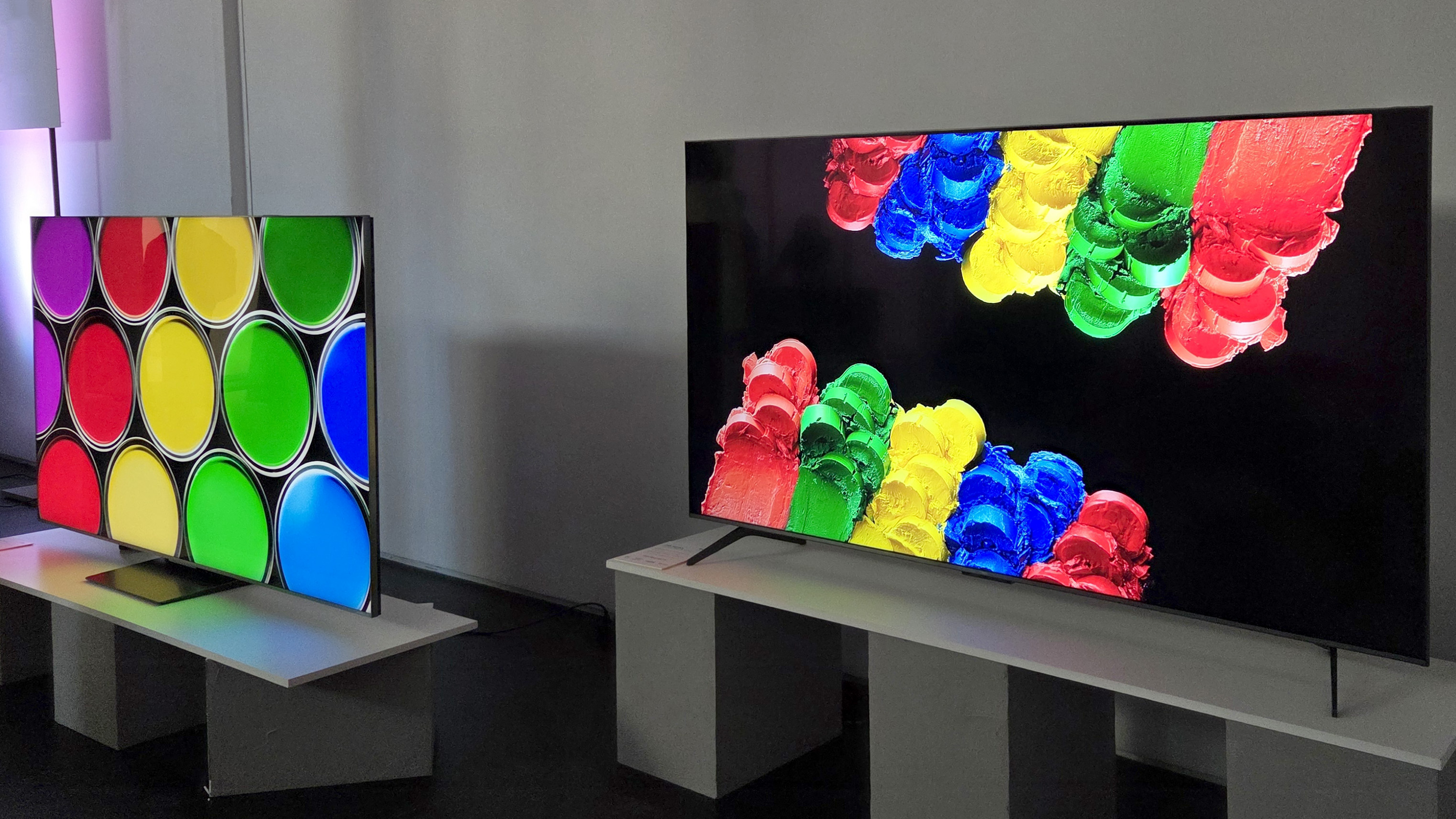
In the TV world there are two main technologies: OLED and LCD. The former is an organic self-emitting format, so each individual pixel illuminates itself; the latter requires backlighting, so doesn't have the same absolute precision – but various technologies can close that gap to varying degrees.
TCL doesn't make OLED TVs, it's not interested in that technology – which is well served elsewhere. Instead, its focus on LCD – driven by LED backlights, hence the QLED, Mini-LED and QD-Mini-LED subdivisions – means the ability to make more cost-effective sets, often at great prices, with technology that enhances the picture experience.
LEDs can be 'zoned', with more sections offering greater precision in backlighting – which reduces 'blooming' or 'halo' effects (where subjects have light bleed beyond their intended form). More zones means more precision, which is why the higher-end panels and larger-scale screens will present more of them as an upsell.
QLED, meanwhile, is a Quantum Dot version of LED, with an additional layer to enhance colour output. Mini-LED is effectively smaller LED lights for further enhanced precision and greater brightness. QD-Mini-LED, meanwhile, combines the benefits of colour, brightness and precision from each of those technologies.
Sign up to the T3 newsletter for smarter living straight to your inbox
Get all the latest news, reviews, deals and buying guides on gorgeous tech, home and active products from the T3 experts
TCL C8K
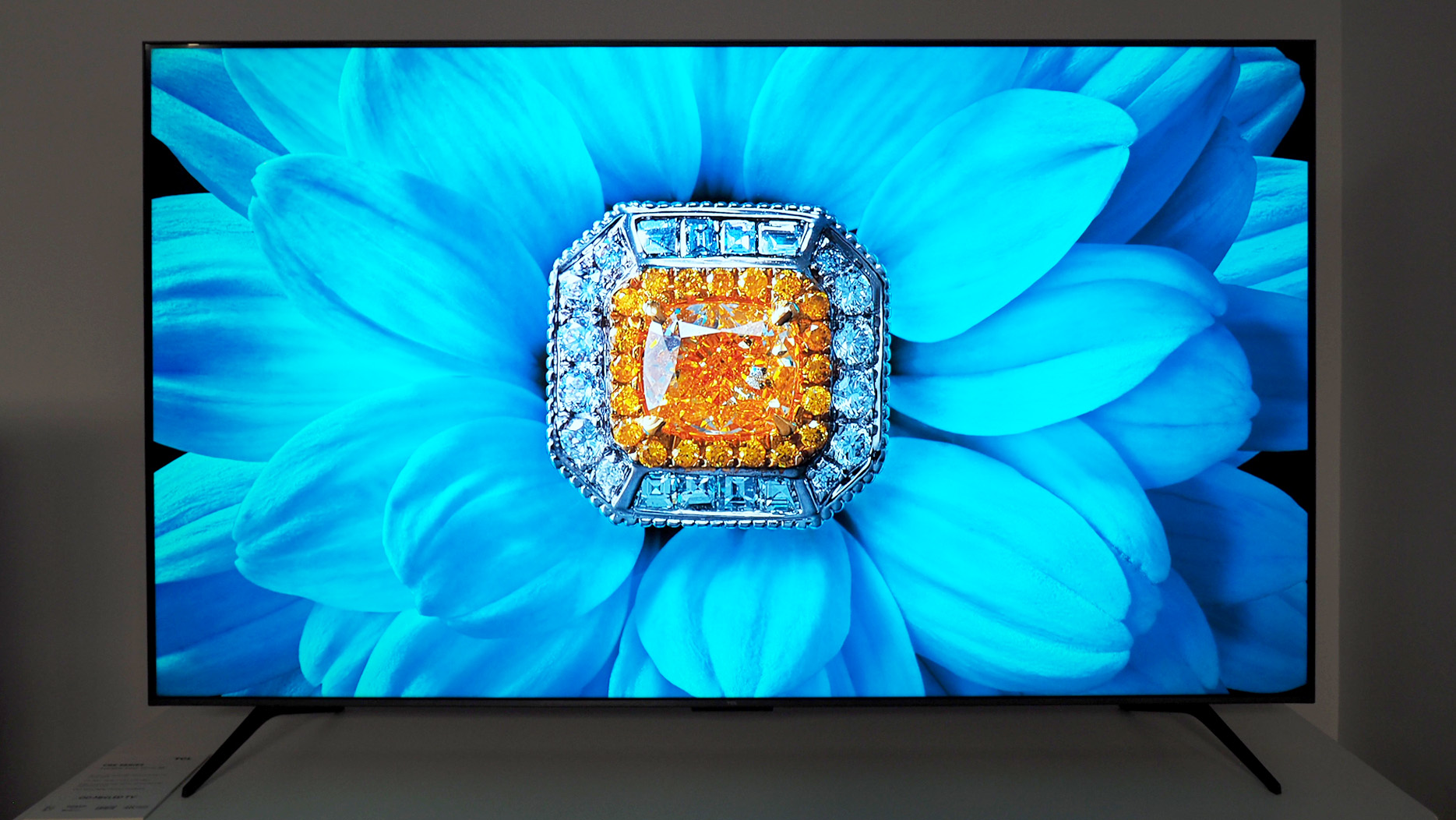
- Panel type: QD-Mini-LED
- Panel tech: CrystGlow W-HVA
- Zones: up to 4000 zones
- Peak brightness: 5000 nits
- Panel sizes: 65-, 75-, 85-, 98-inch
- HDR formats: HDR10, HDR10+, Dolby Vision IQ, HLG
- Audio: Bang & Olufsen 6.2.2 built-in system
The top seed model for the UK – note there's a C9K for some European regions, which is brighter still – the C8K is available from 65-inches at its smallest.
So big is the name of its game (although not to the X11K levels – in 85- and 98-inches only – as found at the top-end in the US and some Euro regions).
It's considered a 'Premium 4K QD-Mini LED' model by TCL, naturally, thanks to a W-HVA, or White-HVA, panel tech with up to 4000 zones (fewer at the 'smaller' sizes) to deliver precision with a brightness up to 5000 nits.
W-HVA enables even greater contrast than conventional HVA models – the Huaxing Vertical Alignment tech that can close off LCD illumination better for deeper blacks.
That brightness will rarely be realised from most content, but it's around 50% more than you'll get from the best-of-best new OLED panels on the market. Believe me, I've seen the C9K in action and it's hugely bright on the eyes.
I'm yet to hear the set, but the 6.2.2 channel arrangement courtesy of 'audio by Bang & Olufsen' promises to impress – a common afterthought in many competitors' TVs, so great to see sound addressed here.
Gamers are well catered, too, with two of the four HDMI ports a 2.1 standard – and able to hit up to 144Hz (including 120Hz at 4K) for super-smooth results that are future-proofed and ideal for PC users too.
Size | Price GBP £ | Model name |
|---|---|---|
65-inch | £1,599 | 65C8K-UK |
75-inch | £1,999 | 75C8K-UK |
85-inch | £2,799 | 85C8K-UK |
98-inch | £4,799 | 98C8K-UK |
TCL C7K
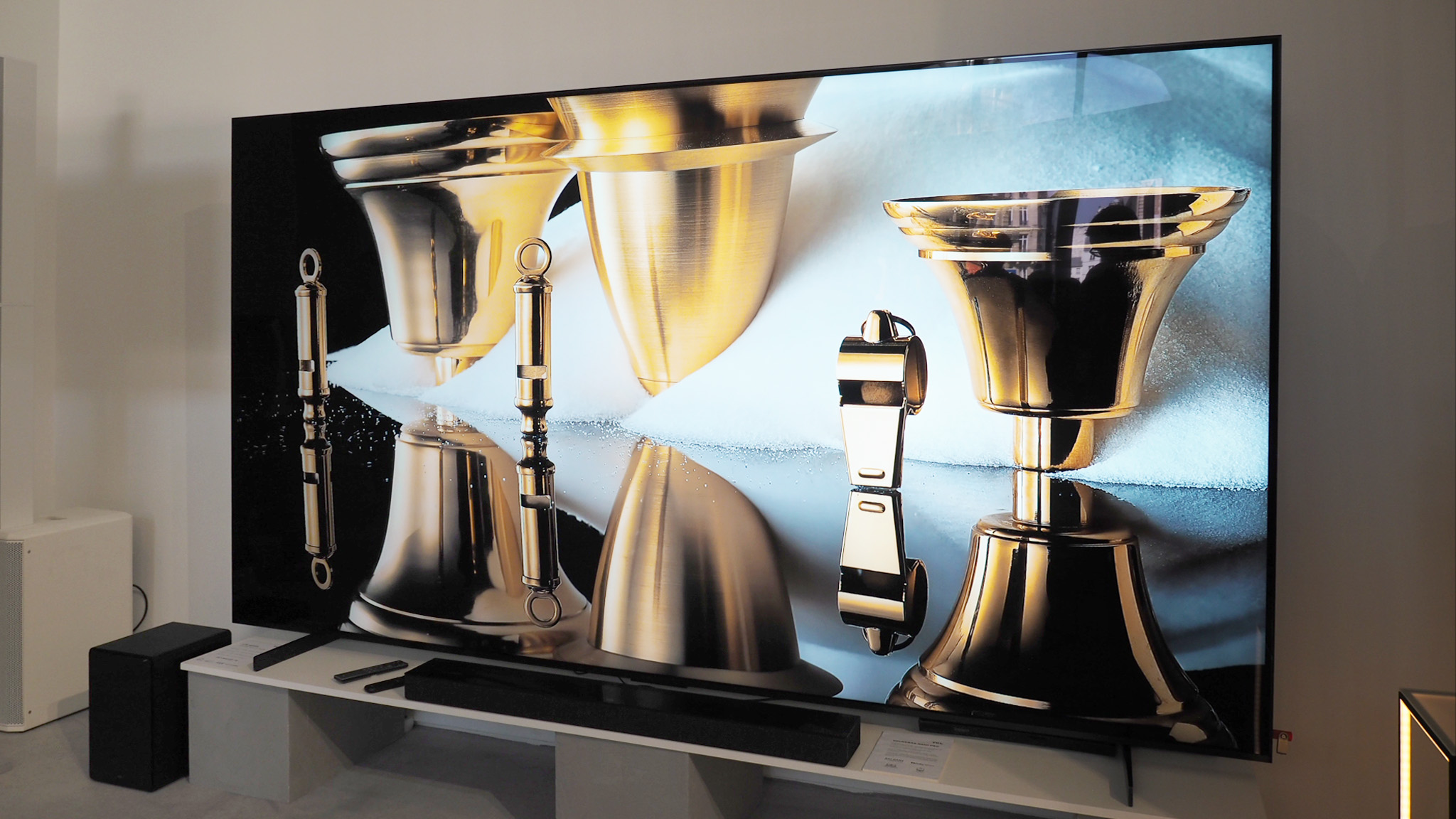
- Panel type: QD-Mini-LED
- Panel tech: CrystGlow HVA
- Zones: up to 2000+ zones
- Peak brightness: 3000 nits
- Panel sizes: 50-, 55-, 65-, 75-, 85-, 98-, 115-inch
- HDR formats: HDR10, HDR10+, Dolby Vision IQ, HLG
- Audio: Bang & Olufsen 6.2.2 built-in system (Onkyo 4.2.2 for 115in only)
The C7K is going to be the sweet spot for many more people, not least because it offers models starting at 50-inches, which in the UK holds massive appeal.
At the opposite end of the scale, however, it's also available up to 115-inches – which is the largest that TCL makes at present. That's quite a range, whether you're after small or large!
These panels are HVA (not W-HVA like the C8K model), hence the ability to produce at this wide range of scales.
The result is marginally less contrast, fewer zones, and lower brightness overall – but in what I saw the set still looked excellent, even at its 115-inch scale.
There's no drop-off in anything else, though, with the C7K bringing the same audio, HDMI 2.1 ports and 144Hz refresh rates to the table.
Size | Price GBP £ | Model name |
|---|---|---|
50-inch | £799 | 50C7K-UK |
55-inch | £999 | 55C7K-UK |
65-inch | £1,399 | 65C7K-UK |
75-inch | £1,799 | 75C7K-UK |
85-inch | £2,199 | 85C7K-UK |
98-inch | £4,299 | 98C7K-UK |
115-inch | £12,999 | 115C7K-UK |
TCL C6K
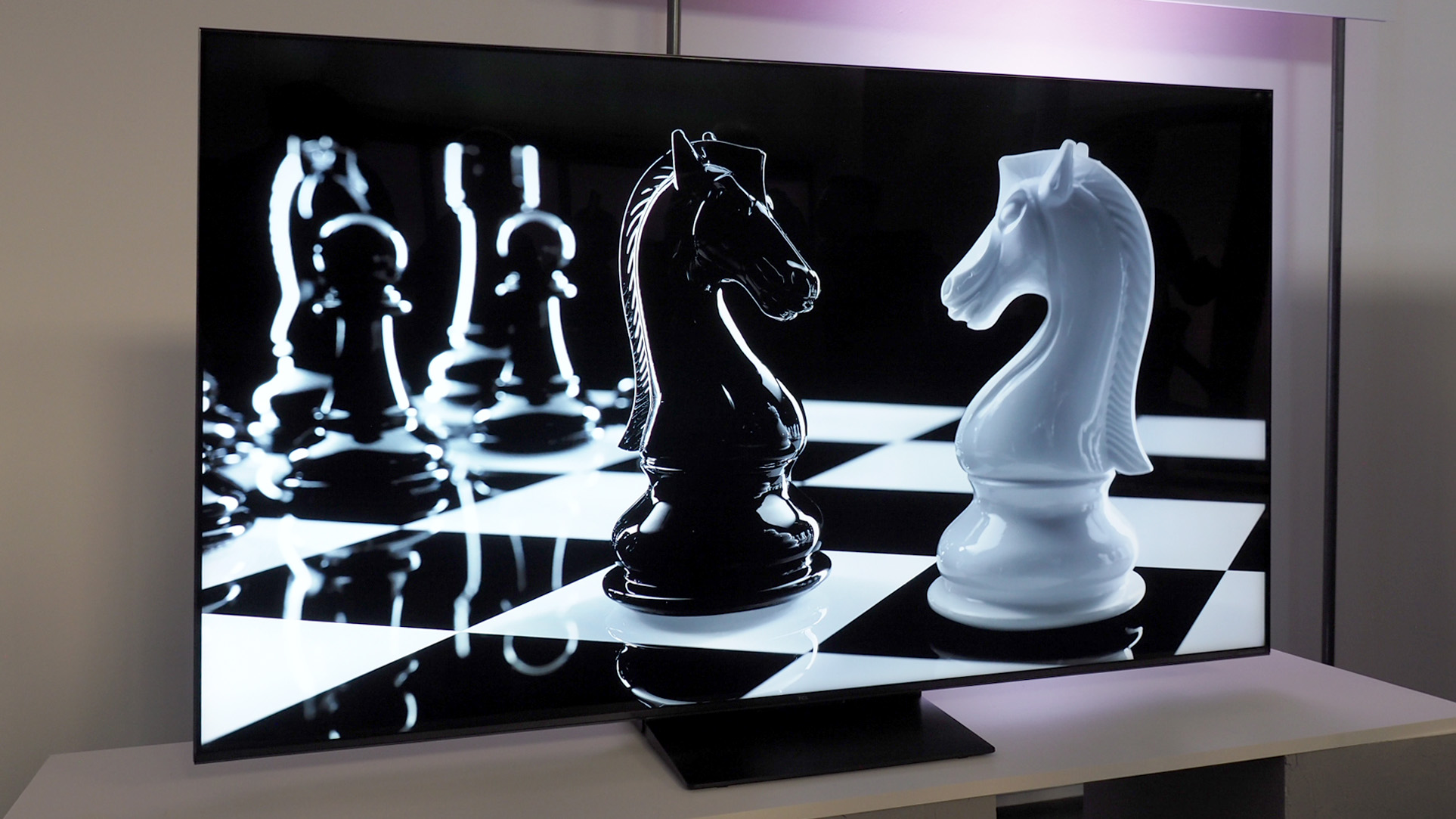
- Panel type: QD-Mini-LED
- Zones: up to 500+ zones
- Panel sizes: 50-, 55-, 65-, 75-, 85-, 98-inch
- HDR formats: HDR10, HDR10+, Dolby Vision IQ, HLG
- Audio: Onkyo x Dolby Atmos
The next step down in the range is the C6K, which is available in all the same sizes as the C7K – bar the 115-inch, which only appears as the one model.
In the C6K there's no HVA panel tech, so contrast is less punchy, and although TCL doesn't disclose maximum brightness it's still very bright – I've seen this side-by-side next to the C7K. A further reduction in precision zones will likely mean more blooming as a result, too.
The audio chops drop the Bang & Olufsen partnership for an Onkyo offering instead. Otherwise it's the same business as above, with all the HDR formats, 144Hz from HDMI 2.1 feasible.
Size | Price GBP £ | Model name |
|---|---|---|
55-inch | £799 | 55C6K-UK |
65-inch | £999 | 65C6K-UK |
75-inch | £1,499 | 75C6K-UK |
85-inch | £1,899 | 85C6K-UK |
98-inch | £3,199 | 98C6K-UK |
TCL P series (P6K, P7K, P8K)
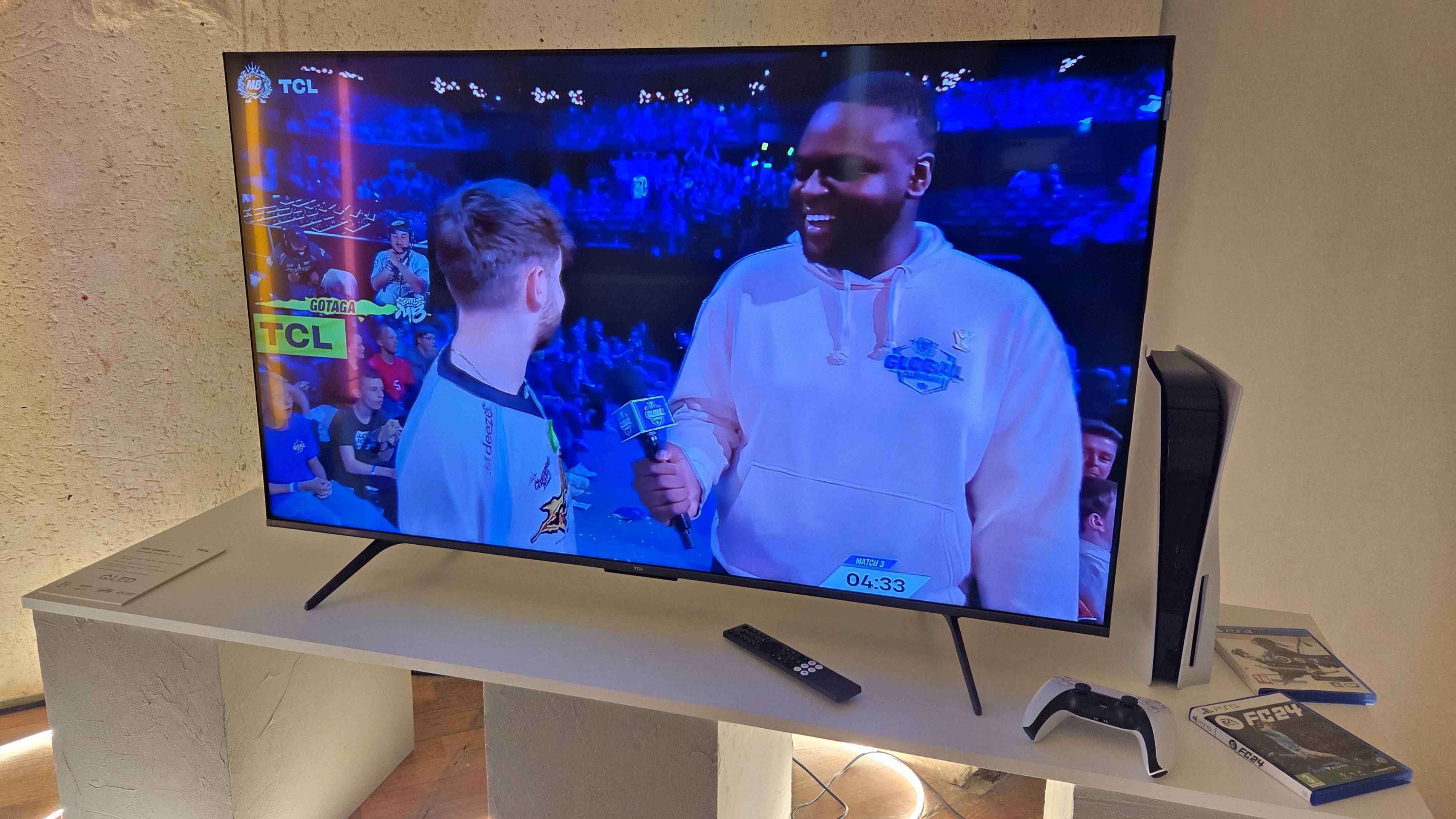
- Panel type: QLED (P8K and P7K only)
- Panel sizes:
- P8K: 55-, 65-, 75-, 85-, 98-inch
- P7K: 43-, 50-, 55-, 65-, 75-, 85-, 98-inch
- P6K: 43-, 50-, 55-, 65-, 75-inch
- P8K only: audio by Onkyo x Dolby Atmos and HDMI 2.1 (144Hz)
Stepping down to the more affordable P Series range, these models are QLED (bar the P6K), incrementally less bright as you go down the range, and there's no disclosure of zones from the backlight. I've not seen these in action, but expect less precision overall.
The P8K is the most premium, as it's the only model to offer HDMI 2.1 and 144Hz compatibility – lower-spec models will be 60Hz maximum on HDMI 2.0 – and the enhanced audio experience from Onkyo.
TCL X11K
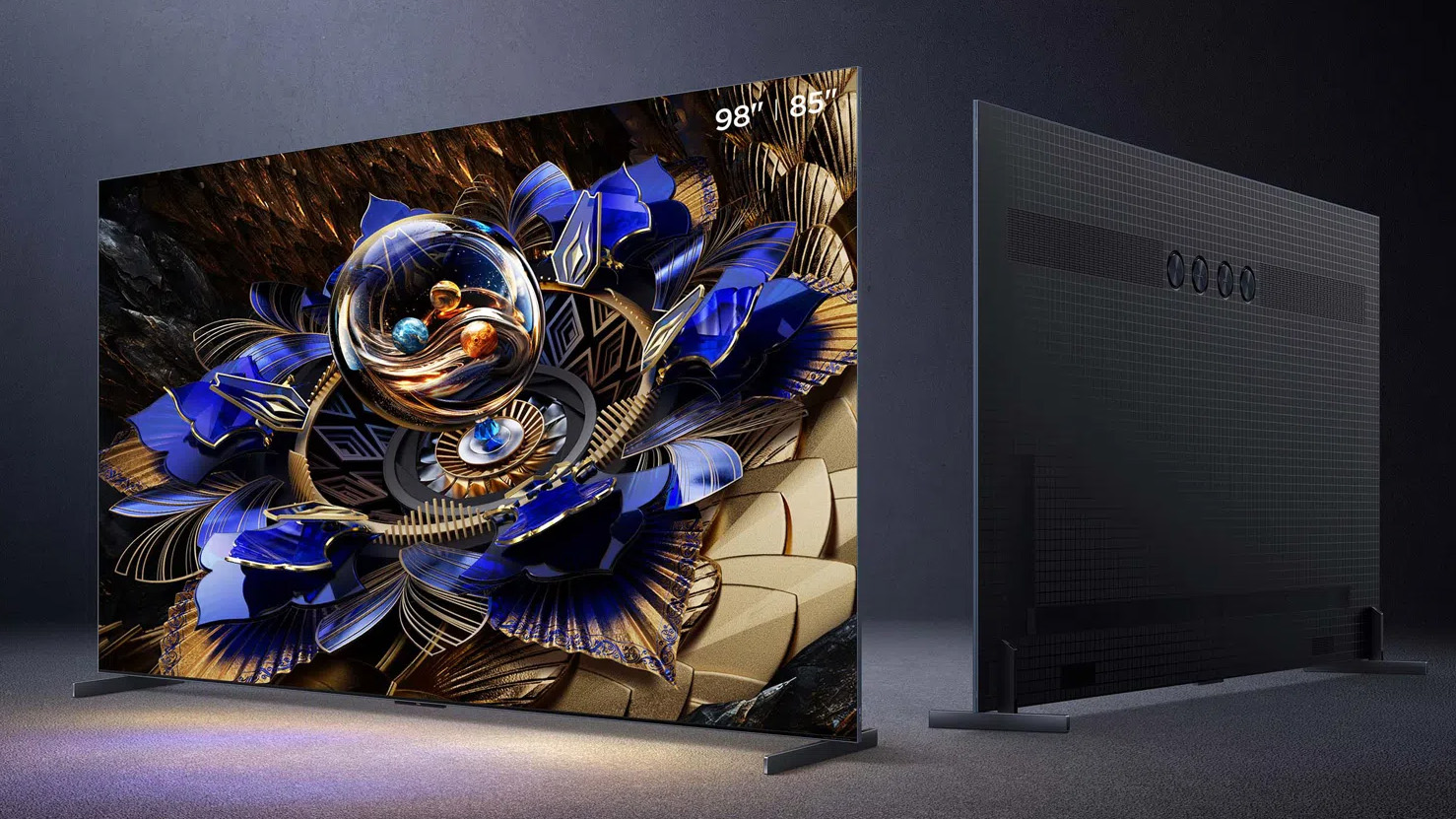
- Panel type: QD-Mini-LED
- Panel tech: CrystGlow HVA
- Zones: up to 14,000+
- Peak brightness: 6500 nits
- Panel sizes: 85- and 95-inch only
- Audio: Bang & Olufsen
I'm only including this model here, as it's the flagship – so above the C8K and C9K – but won't come to the UK.
It's large-scale only, at 85-inch or 95-inch, with incredible precision, more brightness than any other model in the range, plus all the other mod cons.

Mike is T3's Tech Editor. He's been writing about consumer technology for 15 years and his beat covers phones – of which he's seen hundreds of handsets over the years – laptops, gaming, TV & audio, and more. There's little consumer tech he's not had a hand at trying, and with extensive commissioning and editing experience, he knows the industry inside out. As the former Reviews Editor at Pocket-lint for 10 years where he furthered his knowledge and expertise, whilst writing about literally thousands of products, he's also provided work for publications such as Wired, The Guardian, Metro, and more.
You must confirm your public display name before commenting
Please logout and then login again, you will then be prompted to enter your display name.
